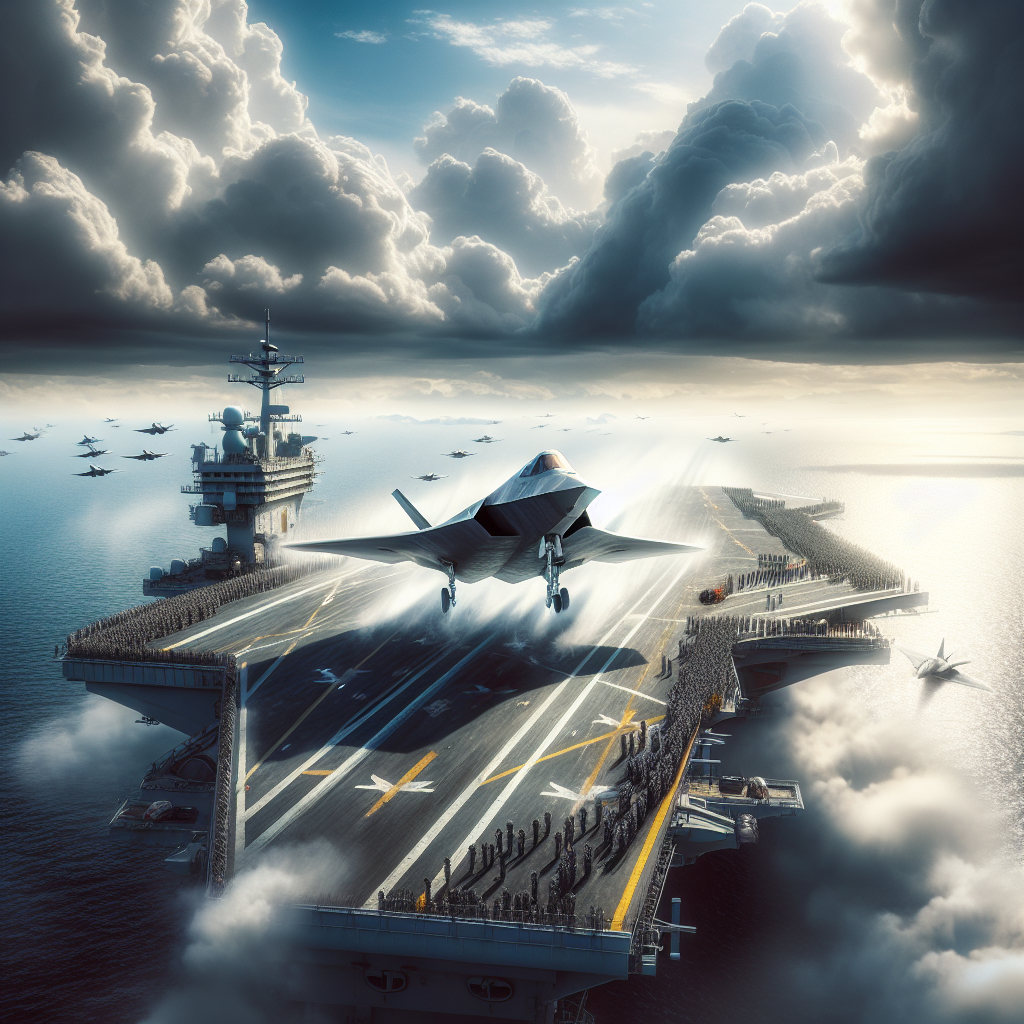In September this year, Beijing claimed that the new J-35 stealth fighter jet took off from the “Fujian Ship” aircraft carrier for the first time, attracting attention. However, there are doubts in the industry about whether the J-35 can truly be used for aircraft carriers.
Former F-35 squadron commander and the only Marine who has piloted the F-22 “Raptor”, Dave Berke, said: the decisive factor in determining the outcome of a war is never the aircraft itself, but the people operating it.
Berke, in a column published on Fox News on Wednesday, November 12, explained why the Chinese aircraft carrier-based aircraft face insurmountable technical, logistical, and cultural challenges, making it difficult for the J-35 to form effective combat capability in harsh maritime environments. Here are some excerpts from Berke’s article.
China claims that the J-35 is designed to meet the strict requirements of carrier operations: catapult takeoff, arrested landing, and dealing with corrosion, salt fog, and harsh maritime environments. On paper, this is impressive.
However, Colonel Berke pointed out, based on his experience flying the F-18 and F-35, that theory and reality are two different things. It takes many years of testing, setbacks, and improvements for carrier-based aircraft to go from design to achieving combat capability.
Technical reliability challenges: China has long struggled with engine reliability, stealth technology, and parts availability, and these technical issues will only be exacerbated in harsh maritime environments with “salt, high temperatures, and continuous shaking”.
Extreme operational challenges: While the J-35 may be able to take off from an aircraft carrier, continuous carrier operations will push both the machinery and personnel to the limit, posing challenges not only in technology but also in operations, logistics, and human factors.
Time test: From the initial landing and takeoff tests to being able to “make a difference” at sea, there is still a long way to go for carrier-based aircraft. Learning how to fight while sailing requires countless hours of experience and accumulation.
Colonel Berke concluded that advanced technology can certainly amplify combat capability, but without effective leadership, technology becomes meaningless. This is the real, unreplicable advantage of the U.S. military:
Leaders are force multipliers: The strength of the U.S. military lies not in the aircraft or technology, but in their leaders. The training, discipline, and mindset possessed by the thousands of officers and sailors serving on ships are an immeasurable “force multiplier” that cannot be measured by paper data.
Cultural differences determine victory: China cannot replicate the leadership culture of the U.S. Navy’s aviation.
Core values: The initiative, adaptability, and ownership spirit possessed by the personnel operating these systems are the key to keeping the U.S. military unbeatable in complex environments.
Colonel Berke acknowledged that opponents will not stop progressing, and the J-35 will continue to become smarter and more capable. However, regardless of how technology develops, the decisive factor will never be the aircraft.
He quoted a line from “Top Gun” to summarize: “The aircraft is not important; it’s the pilot.”
He wrote that the most important investment the U.S. makes is always in the skills and abilities of its military personnel. Winning wars is not about stealth fighter jets but about people. They win victories on Earth’s harshest environments by leading themselves, leading their teams, and leading their machines.

